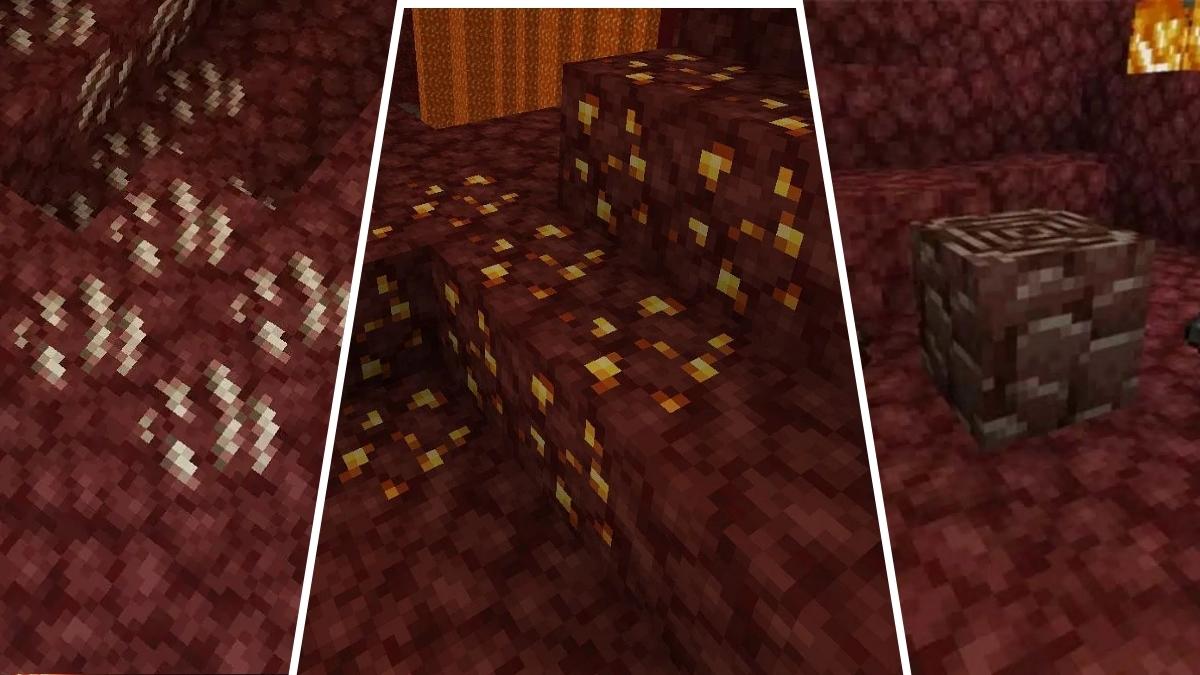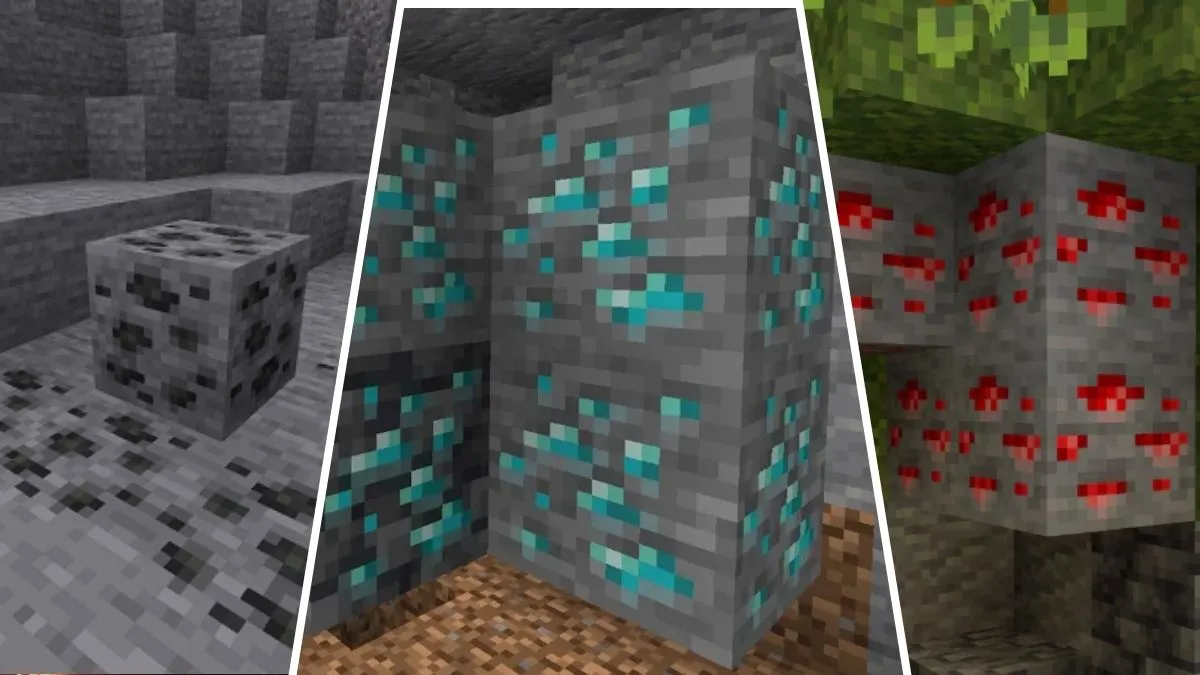Discover the optimal mining depths for every mineral in Minecraft’s latest edition. Over a dozen resources await beneath the surface, each favoring specific elevation ranges for maximum efficiency. Understanding geological spawn patterns streamlines your excavation efforts.
Mineral Distribution Guide – Optimal Depth Chart
Below you’ll find condensed geological data showing primary concentration zones and total vertical ranges for each resource:
| Mineral | Peak Concentration (Y) | Vertical Span |
|---|---|---|
| Emerald | 85 | Y -16 to 320 |
| Diamond | -59 | Y -64 to 16 |
| Redstone | -59 | Y -64 to 16 |
| Gold | -18 | Y -64 to 32 |
| Lapis Lazuli | -2 | Y -64 to 64 |
| Iron | 14 | Y -64 to 320 |
| Copper | 43 | Y -16 to 112 |
| Coal | 45 | Y 0 to 320 |
Notably, sub-zero elevations feature dense stone variants. Minerals extracted at these depths yield specialized variants requiring enhanced tools for extraction.
Emerald Deposits
Essential for trading systems, these green crystals cluster around Y85 within mountainous regions. Their vertical reach spans from -16 to 320, making high-altitude explorations fruitful.
Diamond Formation
These prized resources concentrate at Y-59, sharing distribution patterns with redstone. Swampy and jungle environments enhance discovery chances within the -64 to 16 stratum.
Redstone Veins
Technical enthusiasts should target Y-59 in cavernous or dense jungle biomes. These conductive minerals populate the -64 to 16 layer, often embedded in solid rock.
Gold Accumulation
Arid badlands boost aurum generation between -64 and 256Y, though maximum yields occur at -18Y. Surface-level deposits appear above 32Y in specific biomes.
Lapis Lazuli Nodes
This azure resource peaks at Y-2 within snowy regions, spanning from bedrock to mid-elevation. Its scarcity increases dramatically above sea level.
Iron Deposits
Metallic veins flourish in stony peaks, with dual concentration peaks at Y14 and Y232. Their extensive range makes them accessible across most underground expeditions.
Copper Seams
Taiga regions house these oxidizable deposits concentrated near Y43. Unlike other minerals, copper doesn’t generate below Y-17 within its -16 to 112 range.
Coal Beds
Ubiquitous carbon layers dominate mountainous and burnt forest biomes, peaking at Y45. Surface-level deposits simplify early-game fuel acquisition.
Nether Dimension Mineralogy




| Nether Mineral | Primary Layer | Full Depth |
|---|---|---|
| Ancient Debris | 16 | Y8-119 |
| Nether Gold | 70 | Y10-114 |
| Nether Quartz | 30 | Y6-118 |
Geological Mechanics FAQ
Resource placement follows elevation-based algorithms, with valuable materials typically buried deeper. Subterranean layers beneath Y0 feature hardened stone variants that alter mining requirements and mineral appearances.
Depth-specific stone types directly impact mineral variants. Below sea level, standard stone transitions to dense deepslate, producing corresponding mineral forms that demand stronger tools for extraction.
Increased material hardness slows excavation, while reduced cave frequencies mean fewer exposed deposits. Strategic branch mining becomes crucial for efficient resource gathering at lower elevations.

